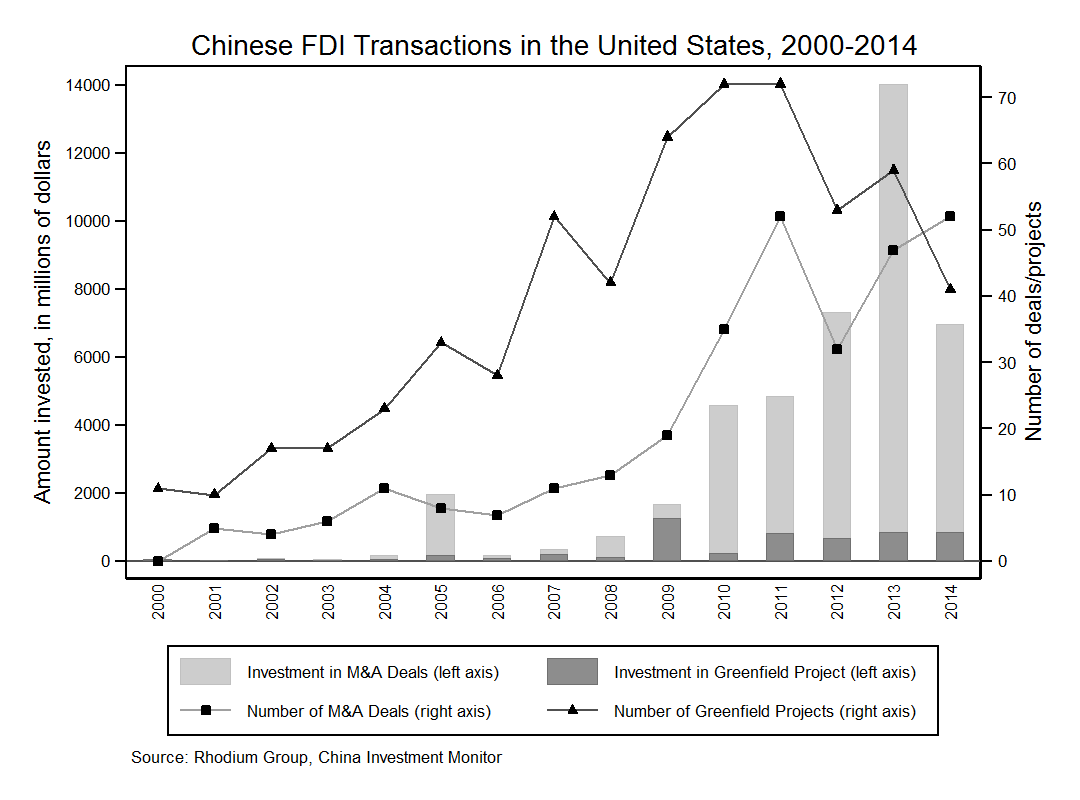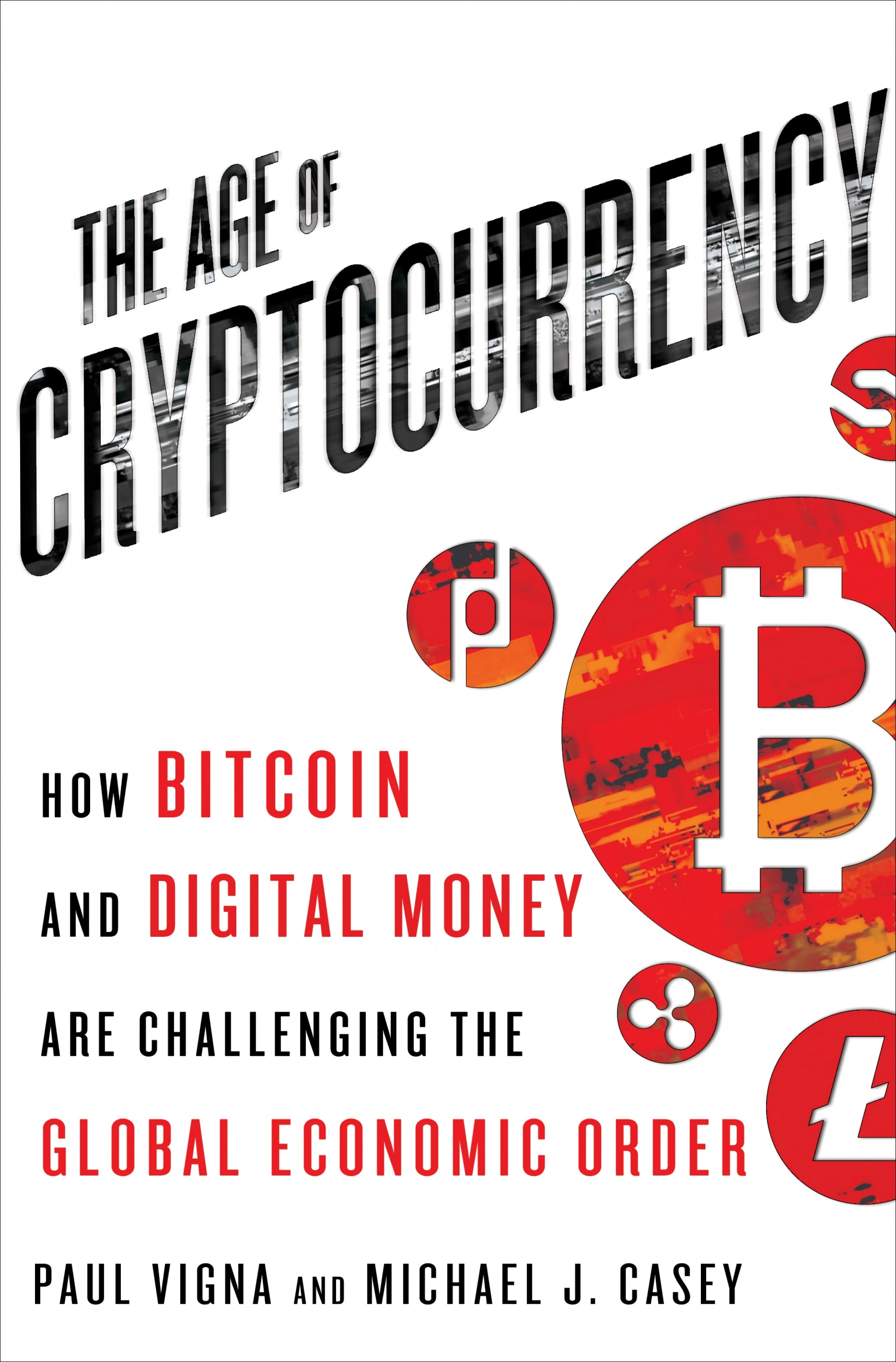Not many people liked my Slate piece, which defended speech and sex codes in universities. Here’s a representative response by Robby Soave at Reason. My argument was that college students need protections that adults can do without because they are (usually) young, and (often) not mature enough (yet) to flourish without them. They go to college because they need an education, and one thing they need to learn is how to interact with people. You can find my reasons in the original piece.
Soave admiringly quotes Greg Lukianoff, president of the Foundation for Individual Rights in Education (FIRE). FIRE has done some good by bringing to public attention many of the abuses that universities engage in, but the group has a bizarre, self-contradictory mission, which is to demand that private universities (as well as state universities) comply with the First Amendment. This mission is self-contradictory because private universities are not governed by the First Amendment. So what we have is an organization that is dedicated to advancing the First Amendment trying to control how universities exercise their First Amendment rights.
The people at FIRE are aware of this problem. FIRE gives a pass to any university that states “both clearly and consistently that it holds a certain set of values above a commitment to freedom of speech.” But this means that while FIRE holds itself out as a pro-speech organization, it is really a pro-clear statement organization. It says it goes after universities that say they support freedom of speech while also imposing speech codes. Of course, the universities are not lying or pretending; their codes are on the web, and anyone can see them. FIRE doesn’t explain why, if it has no problem with universities that exercise their First Amendment rights by promoting (say) religious rather than free-speech values, it does have a problem with universities that balance free-speech values with other values.
Anyway, here’s the quote from Lukianoff that impresses Soave so much:
MR. LUKIANOFF: …. Essentially, just to summarize it, the way I’ve heard it made in the past is essentially that what we’re really saying is that 18- to 22-year-olds are children. And they must be therefore treated the same way as K through 12 are. They can’t handle the real world. They can’t handle the duties of citizenship. It’s an argument that I’ve definitely heard.
And if you’re saying that basically we should—that maybe below-graduate-level study should be ruled the same way high school students should be—I would disagree with you.
But that’s definitely an argument that people should make that straight out, but you run into a couple moral and philosophical problems with that.
One of them is the moral and philosophical underpinnings of the 26th Amendment. Essentially, we have decided in this country that 18-year-olds… that is considered the age for majority.
We also send our 18-year-olds to war. Unless you’re actually also willing to make the argument that nobody below the age of, I don’t know, 22 should go to war, and we repealed the 26th Amendment, we’ve got a serious problem.
[…]
MR. LUKIANOFF: I just want to make one last point, and do not forget that some of the greatest contributions of colleges and universities come out of their graduate and Ph.D. programs. And so what I’ve watched is people try to argue that because of the presence of some 15- to 16-year-old super-geniuses at some of these campuses, that we should be therefore limiting speech on college campuses, forgetting that [that] would also limit the speech of 45-year-old Ph.D.’s.
There are an awful lot of lapses of logic and factual errors in such a short quotation. The argument that 17-22 year-old students should be subject to restrictions does not entail that those restrictions should be the same ones that apply to kindergardeners or even 12th-graders. The 26th amendment does not establish the age of majority but the voting age. The age of majority remains subject to the discretion of state governments, as do related laws like the age of consent. Although currently nearly all states treat 18 as the age of majority, they don’t have to, and they haven’t always.
“We” did not decide anything through the 26th amendment. It was ratified in a different era, by people in the thrall of the youth movement who were reacting against the authoritarian tendencies of the day. As I argued in Slate, people have been reconsidering some of the unquestioned truths of the 60s. The most obvious manifestation of this is the drinking age, which is 21. “We” may trust youngsters to vote and serve in the military but we don’t trust them to handle alcohol wisely. Finally, universities are perfectly capable of distinguishing undergraduates from graduate students, and relaxing rules for the latter.
It takes a particular type of legalistic mind to believe that some magic number–say, 18, or 21, or whatever–distinguishes “children” and “adults.” And not a very good one. All of law is shot through with rules and exceptions that make presumptions about maturity but allows them to be rebutted, recognizing that people mature at different rates, and may be mature enough to be trusted with some things (votes) but not others (alcohol), depending on their upbringing, their surroundings, and no doubt biological processes as well. The 18-year-olds who enter the military do not enjoy freedom of speech but are subject to extreme discipline and rigorous training that ensures that they act appropriately in a military environment.
I want to make a final, more speculative point. There are many religious universities which impose quite strict codes on their students. Notre Dame, for example, appears to ban premarital sex as well as all kinds of offense-giving that it believes is inconsistent with Catholic teachings. BYU prohibits cursing and regulates clothing and grooming. Students have always been free to self-select into such institutions, and have in great numbers. The current panic about university-imposed restrictions on personal behavior was not a reaction to the religious institutions. It did not begin until secular universities began to worry about offense-giving to racial and sexual minorities. Conservatives who claim to be worried about freedom of expression are really objecting to the corruption of the youth–17-22 year-olds who conservatives believe are too immature to resist bad arguments and influences–by people whose moral values they disagree with.
As for the libertarians at places like Reason, they would do well to reflect on what exactly their libertarianism entails. Freedom of speech or the right to choose how and where to be educated? If students are mature enough to choose universities that subject them to religious or modern hate-speech style restrictions or none at all, then libertarians should cheer them on. If students are not mature enough, then libertarians should agree that university codes are not objectionable. We can then argue about what those codes should be, but my main argument stands unrefuted.

 Back in the 1990s, there was a lot of interest among law professors about the interaction between law and social norms. There were several conferences. I wrote a
Back in the 1990s, there was a lot of interest among law professors about the interaction between law and social norms. There were several conferences. I wrote a 
